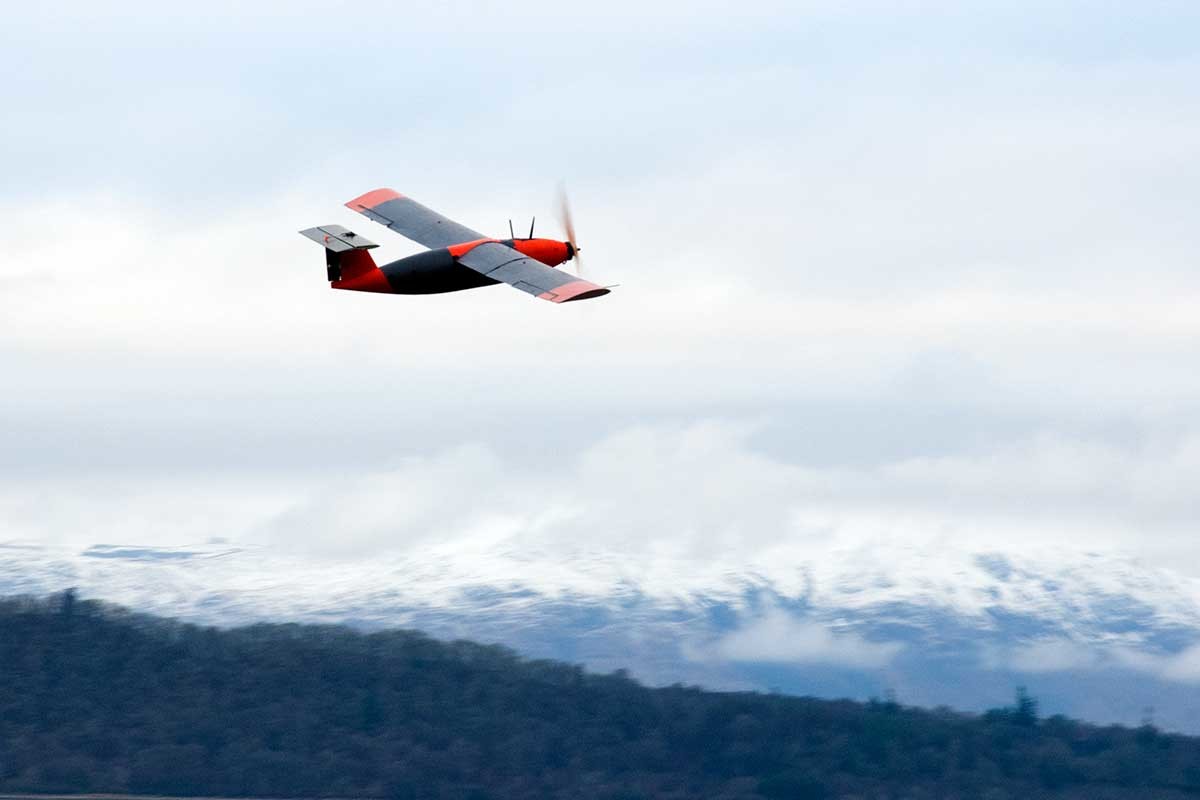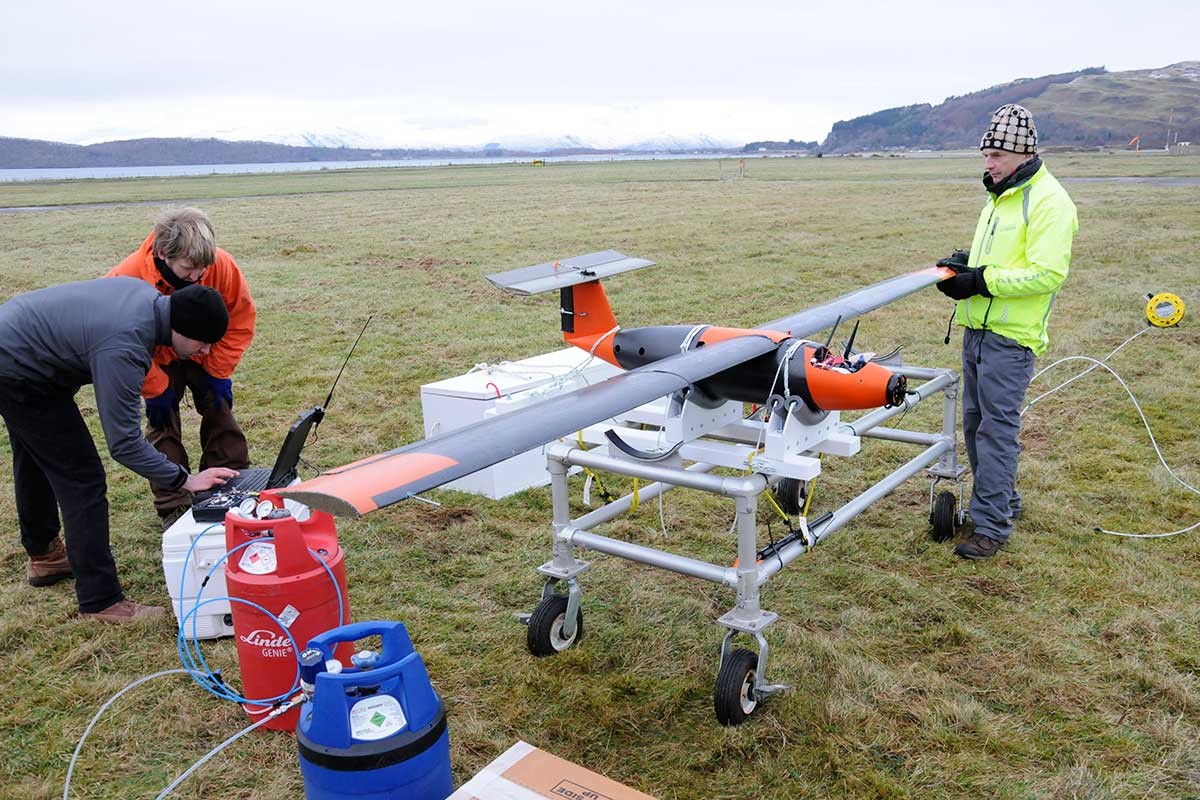Unmanned aircraft on "solid hydrogen" made the first flight

The drone shown in the announcement photo is not much different from ordinary model airplanes that enthusiasts make. Externally, there are no differences. But his fuel system is different from all that used drones before.
The developers of the system call it "solid fuel", and the fuel itself is called "solid hydrogen." This is not quite true, but close to the real state of things. We all know that ultra low temperatures are necessary to produce solid hydrogen, which is impossible or very difficult to achieve on a scale of a drone. But the inventors did not use cryogenic equipment. Instead, hydrogen is chemically bound using a special chemical compound. It is a solid that the creators of the hydrogen UAV divided into square granules with a side length of 1 cm. With a slight heating, the granule releases hydrogen, providing a stable supply of gas in the fuel cell.
By the way, a more complex project was previously proposed by Airbus - only in this case, the company's specialists used liquid hydrogen, which was stored at ultra-low temperatures. Naturally, such a system is too complex (and possibly dangerous) for its wide distribution.
')

As for the "solid fuel", it uses a special cartridge, which houses about 100 hydrogen pellets, as discussed above. To prevent the melting of the active element, a special polymer is also used (which one is not reported). Hydrogen released during heating enters the fuel cell, where electricity is generated. And UAV motors are already working on electricity.
The test flight lasted only 10 minutes at a height of 80 meters. The developers decided to play it safe to study the state of the UAV fuel system after landing. In general, the amount of fuel loaded on board should have been enough for 2 hours of flight - and it would have been enough if the airplane had not been put on the ground prematurely.
The advantage of the aircraft’s fuel system is that it can be scaled. “If you load twice as much fuel into the system, then you will hold out twice as long in the air - that’s how our system differs from batteries,” said the project author.
According to the developers, such systems can be ideal assistants to meteorologists, environmental specialists, and climatologists who study the Arctic and Antarctic. The total mass of the drone with the fuel is less than the mass of the drone with the battery electrical system, the energy reserve in which is enough for the same flight range. Plus, the airplane does not give harmful emissions, the product of hydrogen combustion is water.
Representatives of the aircraft industry are already interested in the hydrogen fuel system. So, the French company Safran asked Cella (it was this company that developed the new fuel system) to create an analogue of its system for an ordinary aircraft. Only speech in this case is about the production of electricity for the needs of passengers and crew, the internal combustion engine in this case remain in place.
Source: https://habr.com/ru/post/390313/
All Articles